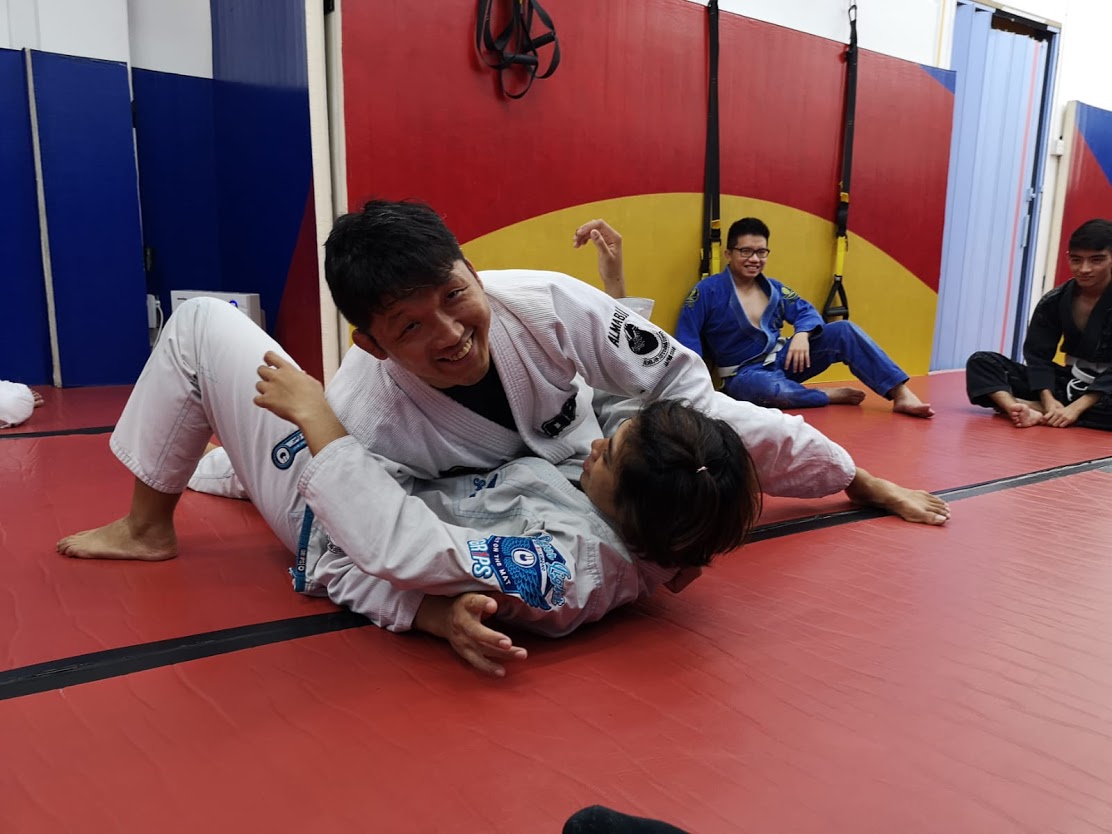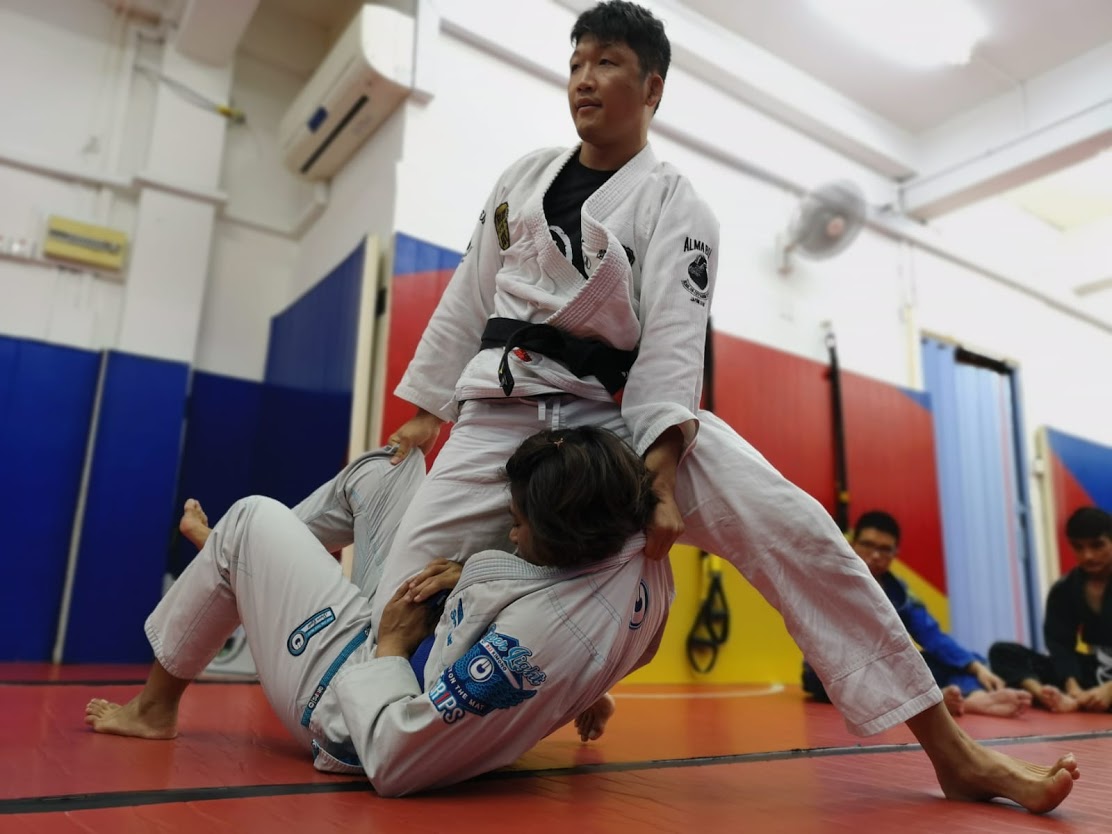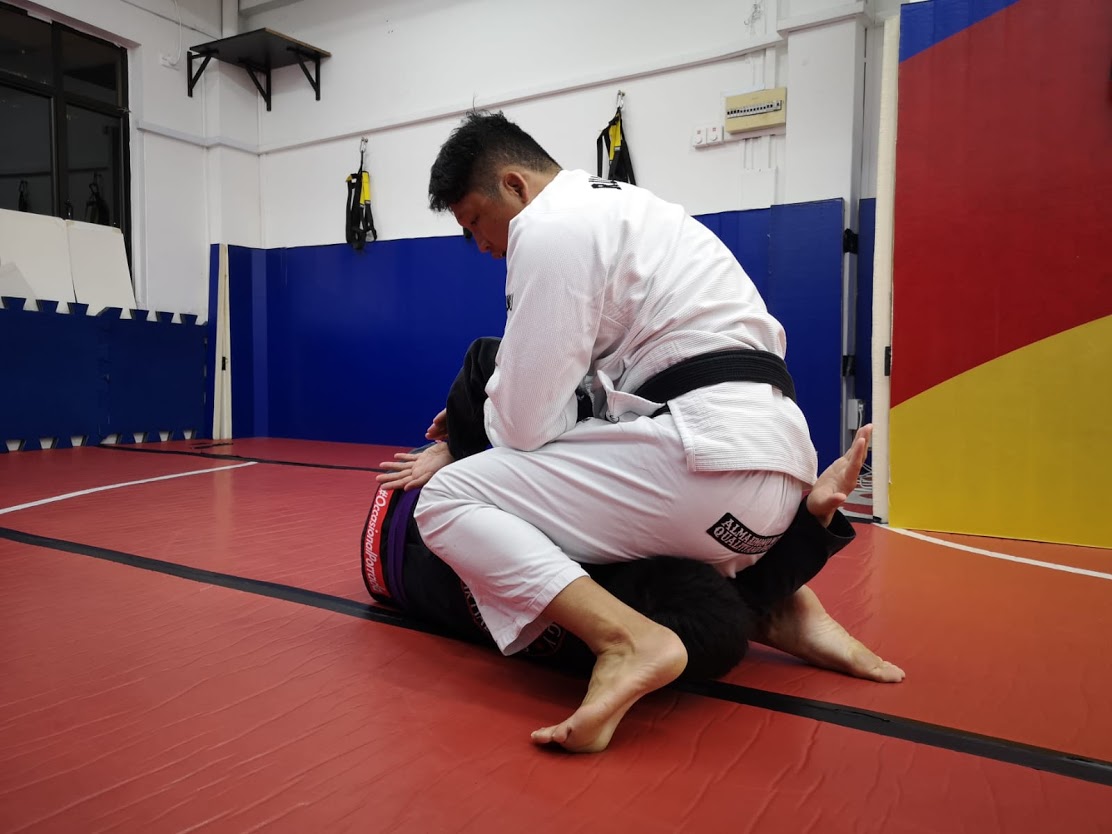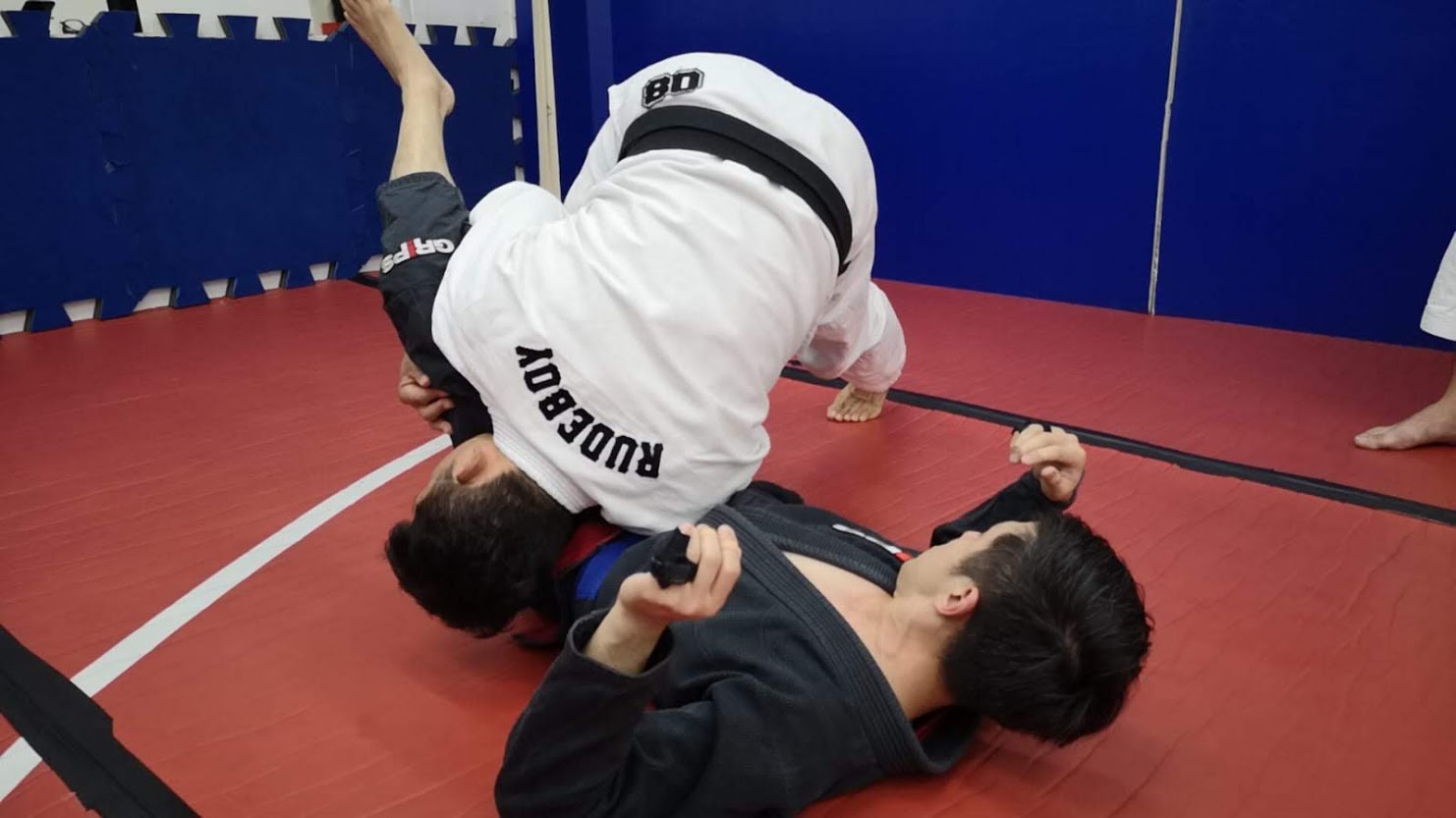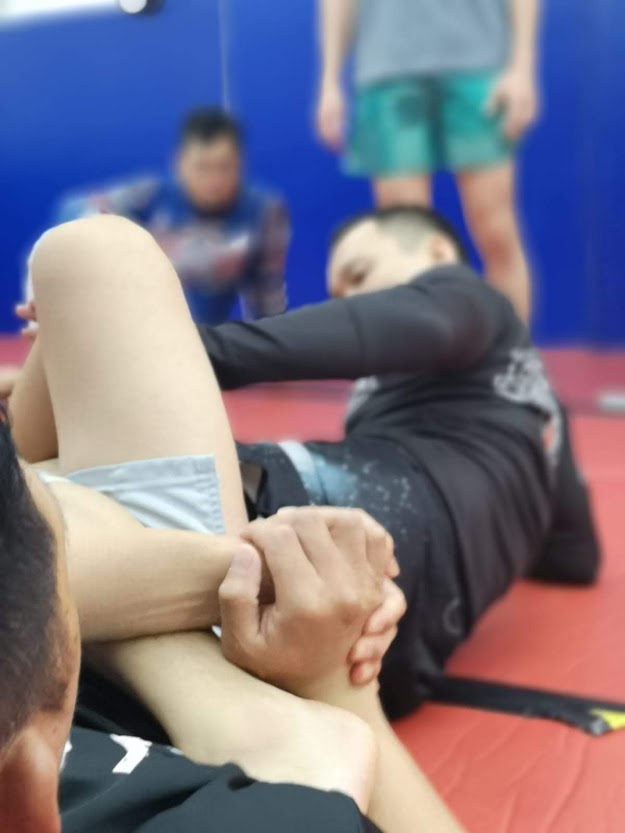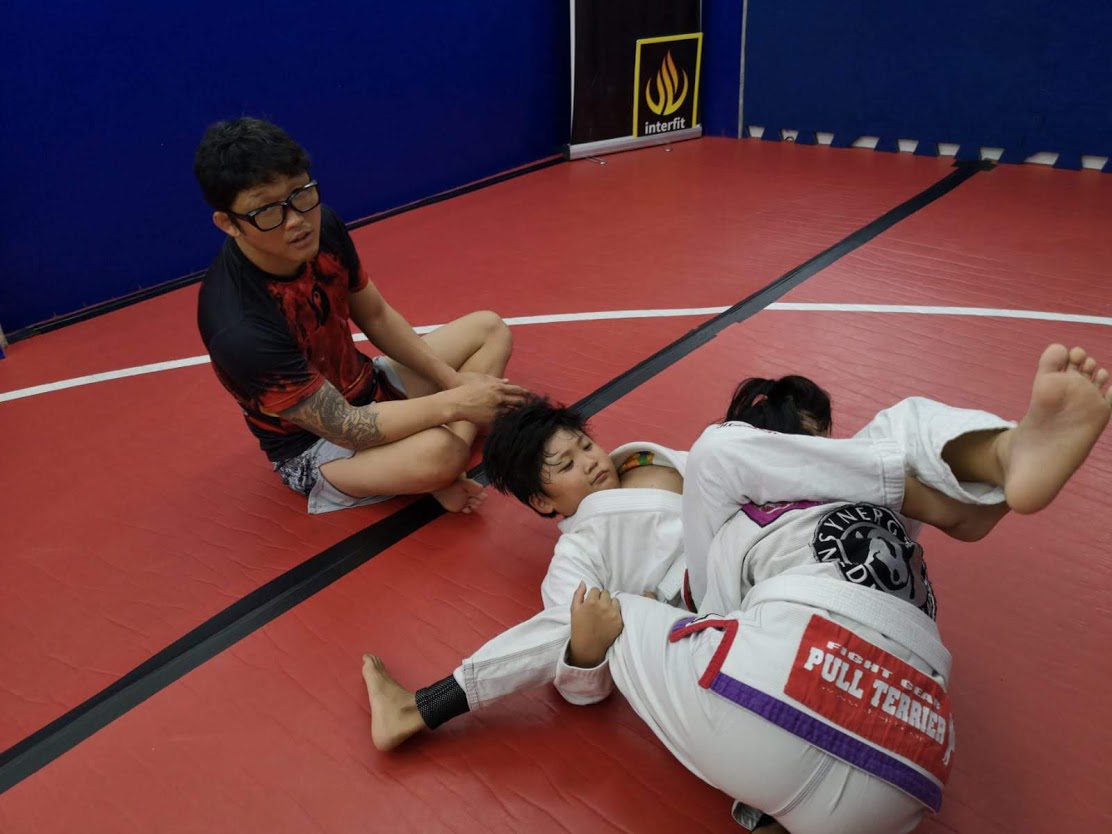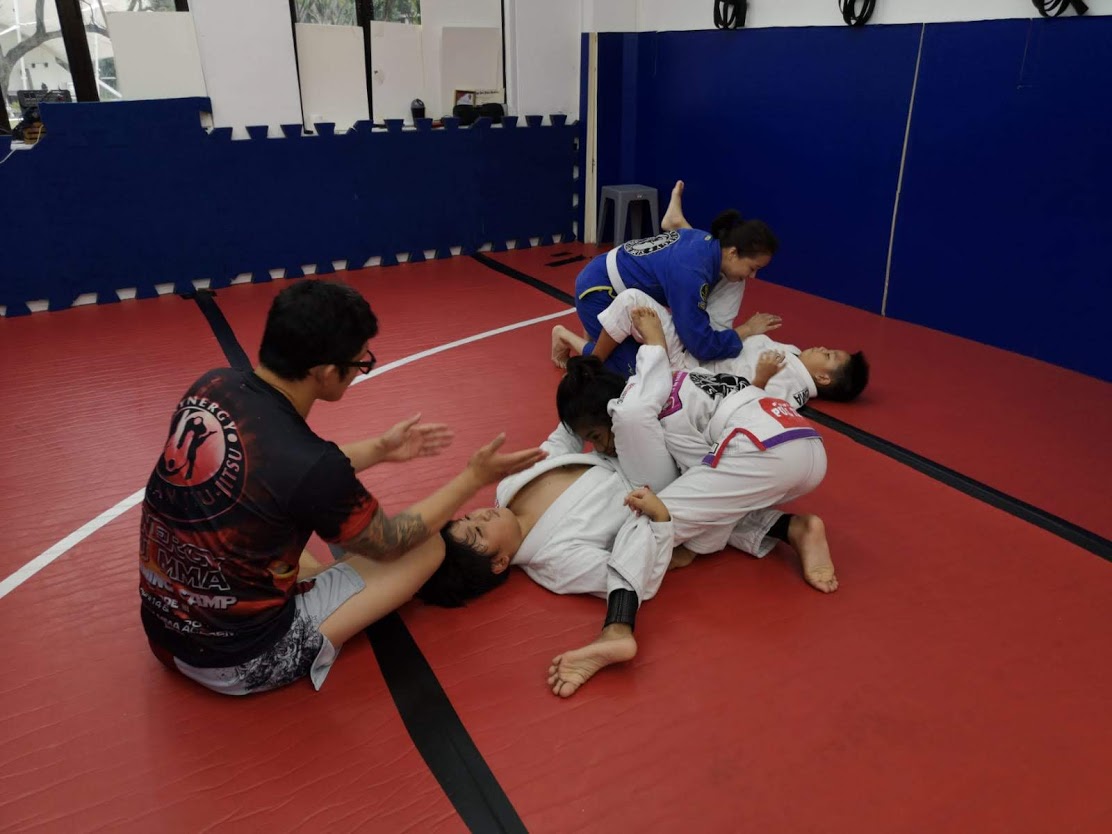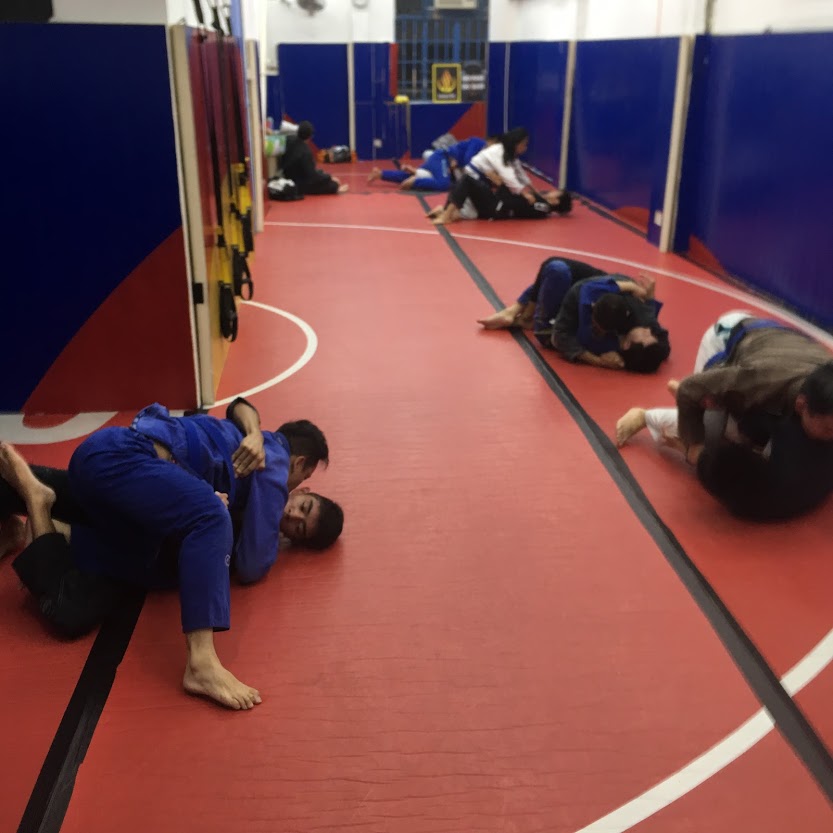How would you explain Bjj to someone with zero experience?
Jiujitsu is a self-defense system and that’s how it should be taught, all based on “street” no-rules situations, so one is technically and mentally prepared for it ..
it’s designed for the smaller and weaker person to defeat a larger and stronger opponent in a real life threatening “street” situation

What are the most common difficulties
you encounter when teaching Bjj?
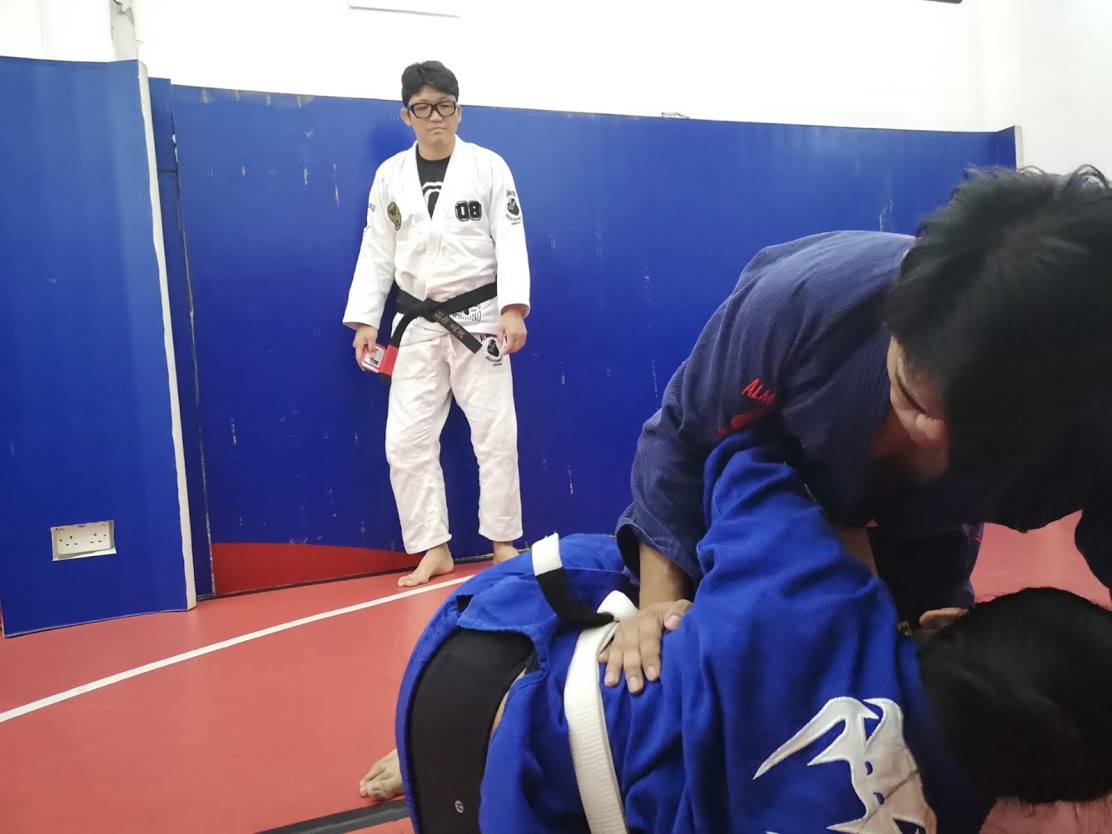
Figuring out what’s the best ways for them to learn it.
everyone learns differently.
We all learn by mix of 3 senses
1) Visual (reading or seeing)
2) Verbal (listening or hearing)
3) Physical (applying or doing)
one is more or less dominant than others.
everyone’s brains are “wired” differently.
so our job is to find out how they receive the messages,
and adjust the way we explain to them according to their learning capability for jiujitsu.
If I noticed any students not learning certain things as fast as others,
I have to deliver the message little differently whether it’s Visual, Verbal, or Physical..
I might have to spend little bit more time on certain students.
What is the class structure like for Synergy BJJ?
Classes usually run 2 hours (except AM classes) with the first half focused on learning and the second half focused on sparring.
We always try to cater the class towards the least experienced student because even experienced students need to review fundamental techniques. I always teach both offense and defense where the focus is more on defense because i feel defense is more important.
After showing the technique, the class will drill the technique shown before the small details are shown again. I always try to explain how it works and why it works. We are always missing out tiny details!
After which we proceed to isolation sparring.
The goal of isolation sparring is to build “muscle memory” and execute the technique with all the correct details against a resisting training partner.
The last part of class ends with free sparring where you try the techniques in live situations.
if the technique is a word, they need to understand how/when to use it in the context of the conversation
